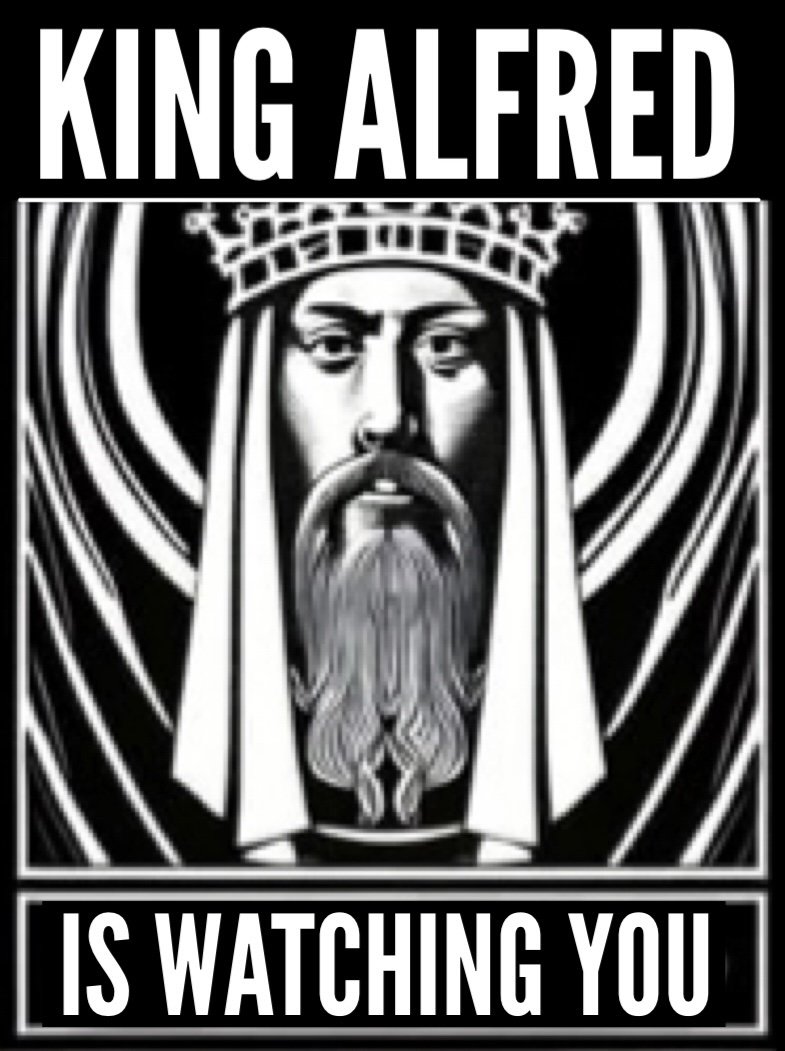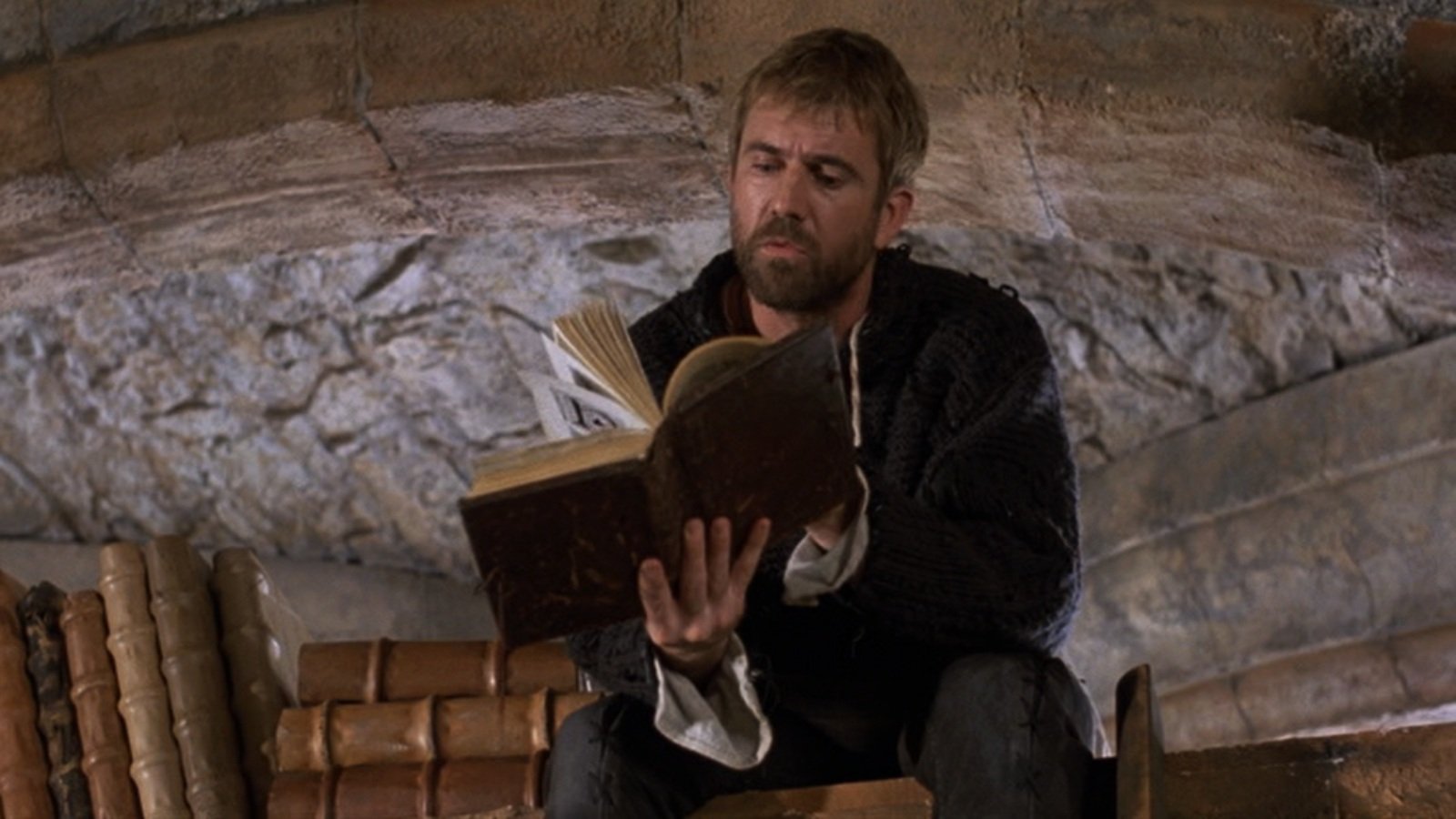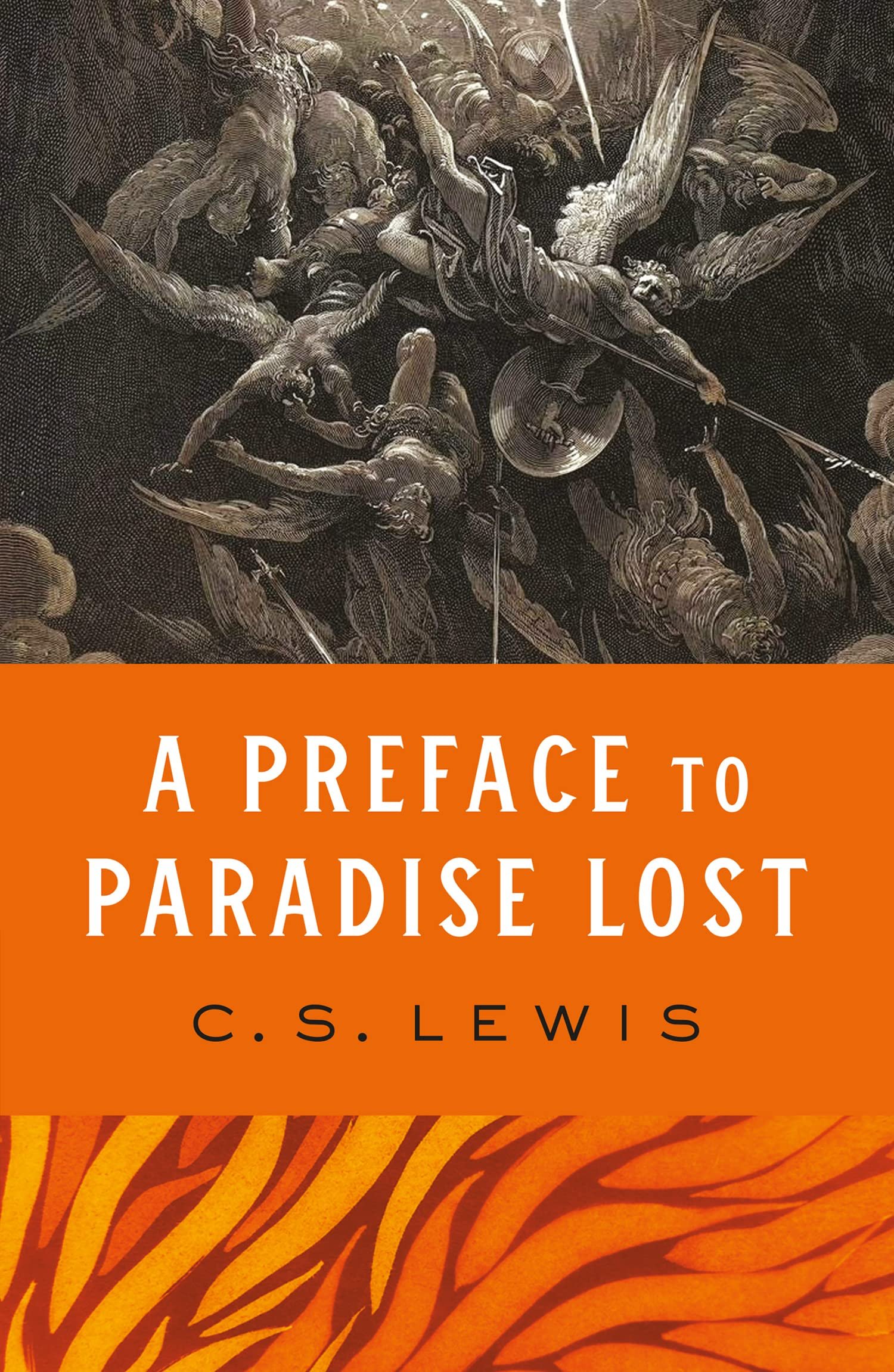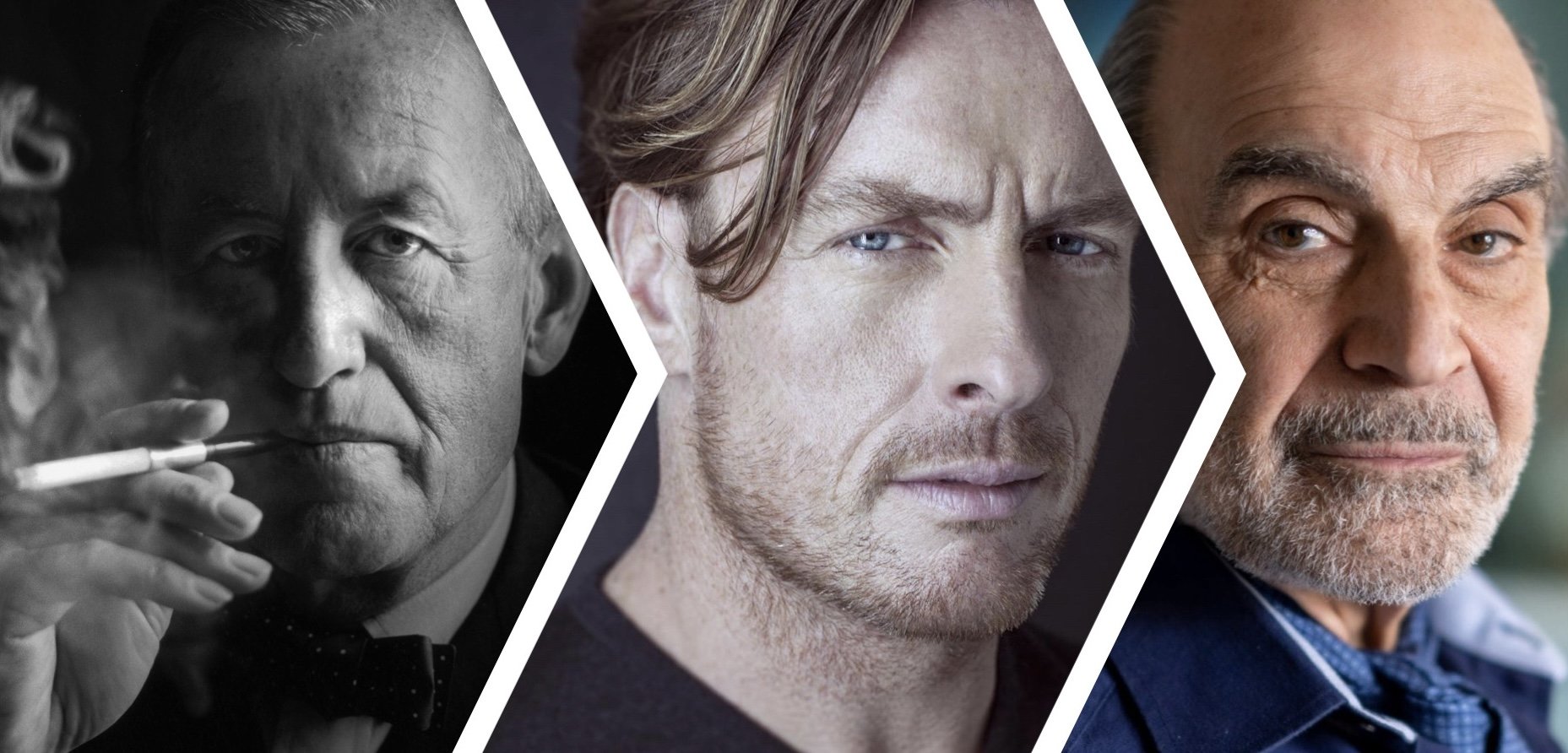What are you doing here?
/I’m currently reading Thomas Nevin’s Ernst Jünger and Germany: Into the Abyss, 1914-45. In his chapter on the Weimar Era, Nevin describes how, after several years of writing for nationalist military magazines and other right-wing outlets, Jünger branched out in the intellectual company he kept:
He was friendly to the national Bolshevist Ernst Nieckish, to the Bohemian anarchist Erich Mühsam, to the putschist Ernst von Salomon, to the national socialist Otto Strasser, to the communists Bertolt Brecht and Ernst Toller. These men could get together in a room and talk in a civil way. It is facile to conclude they were united in opposing the republic. In fact, strong in intelligence, they were political weaklings.
One sympathizes.
This is a rich cross-section of Weimar political persuasions, with these men belonging to groups that were sometimes literally fighting each other in the streets. Indeed, the left-wing Nazi Otto Strasser and the anti-Nazi nationalist Ernst von Salomon were veterans of the Freikorps. (Von Salomon lightly fictionalized his experiences in The Outlaws, which I read two years ago.)
Nevin goes on to describe the regular salons Jünger and others would hold throughout 1929:
Regularly on Friday evenings . . . Jünger and brother Fritz met at the home of Friedrich Hielscher on Berlin’s Friedrichstrasse. These gatherings usually included von Salomon, the publisher Rowohlt, Otto Strasser, the expressionist writer Arnolt Bronnen, and Vormarsch illustrator Paul Weber, soon famous for his prophetic drawings depicting Nazism as a cult of death.
Again—so far, so Weimar, especially when you look into some of the lesser-known figures and find that peculiar cocktail of playwrights, businessmen, and neopagans that could only make sense in that time and place. But then, just before describing how Joseph Goebbels himself began attending these meetings with the express aim of winning Jünger over to the Nazis, Nevin casually tosses this in:
The American novelist Thomas Wolfe also attended.
I, like Jim Halpert, have just so many questions.
In all seriousness, this was a great surprise, and something unexpected and new to look into. I’ve already had this out-of-print Wolfe biography, which gives good coverage to the years he spent in Germany, where Look Homeward, Angel was apparently a huge hit, recommended by a co-worker and Wolfe relation.
A reminder that one of the purest and strangest delights of studying history is stumbling across connections between seemingly separate things you’re interested in, connections that throw both subjects suddenly into a strange new relief—in this case, Ernst Jünger and interwar Germany and the Southern literary world of the same period.




























